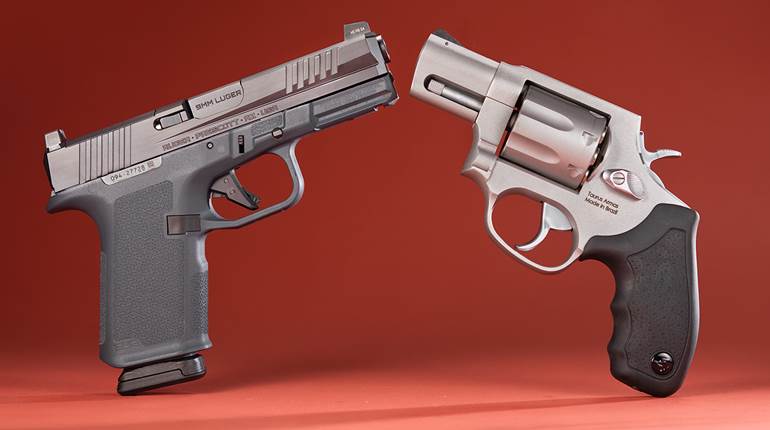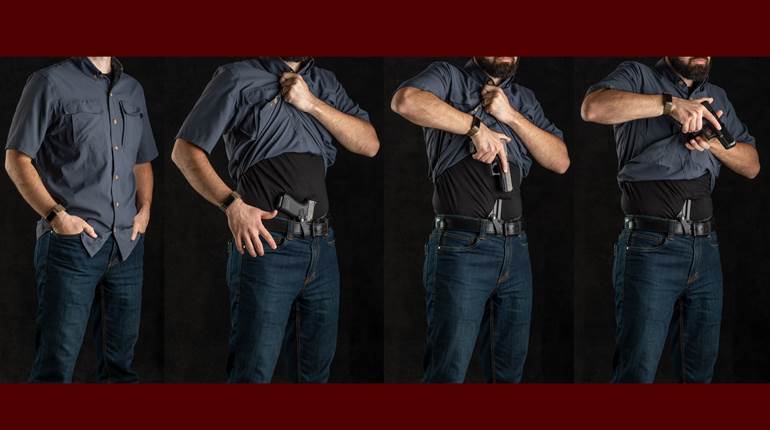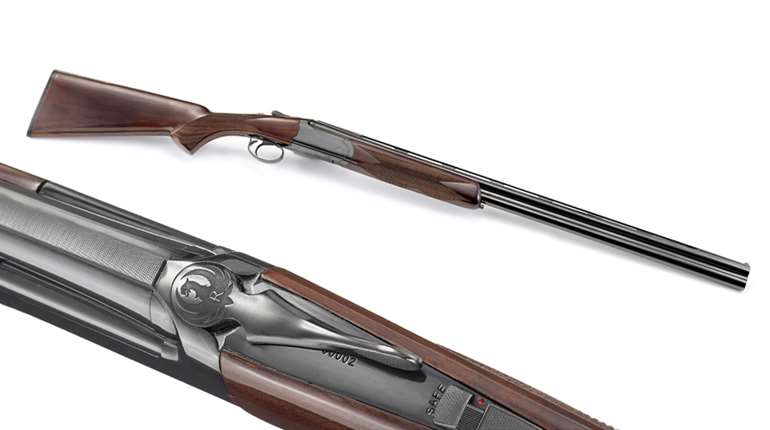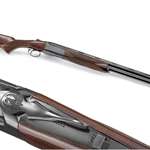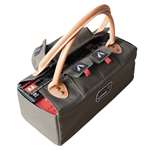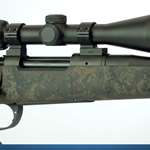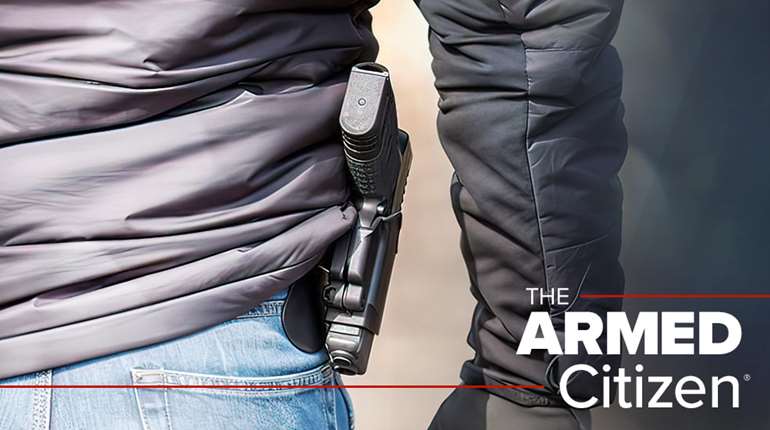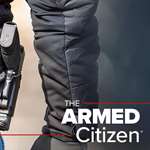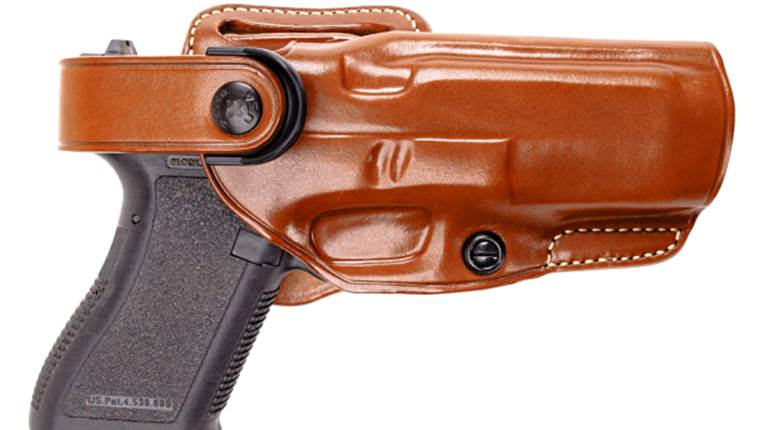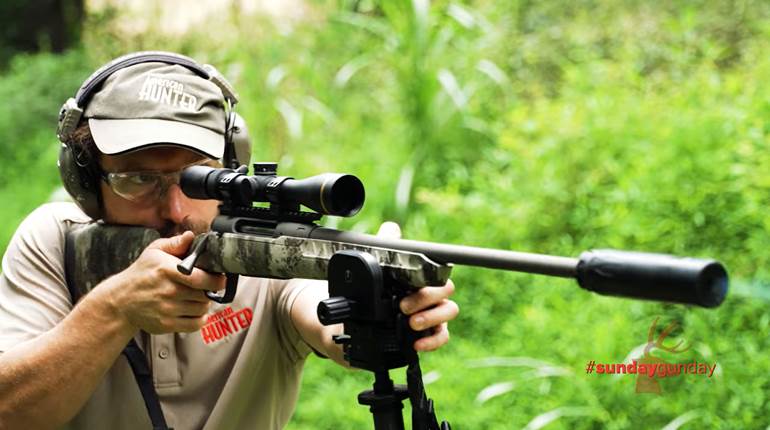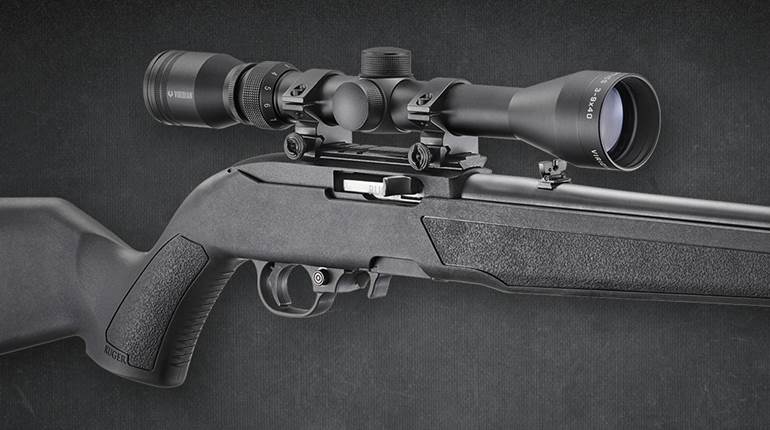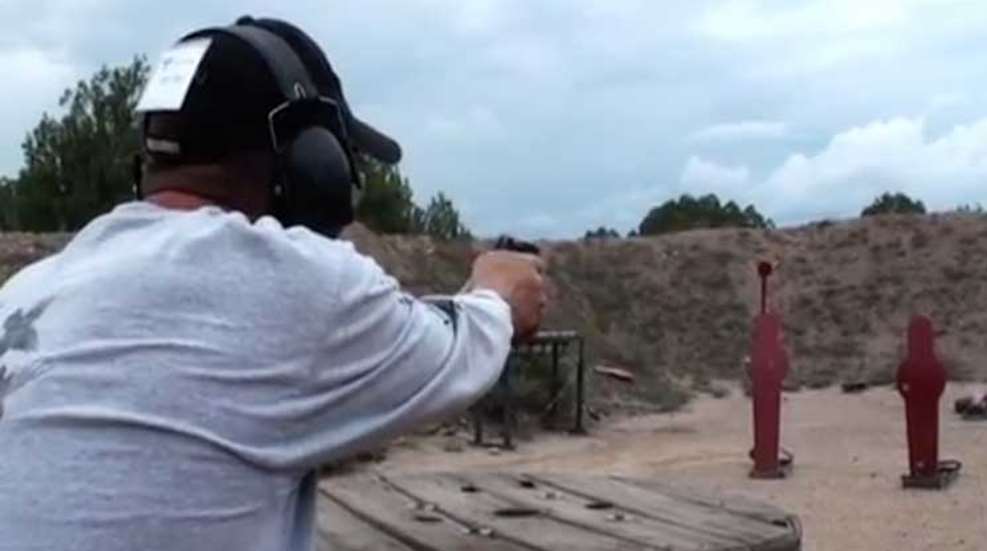
We know that most gunfights involving criminal attacks on armed citizens occur at close range. However, knowing that there are exceptions to every rule, we understand that this isn't always the case. An attack may occur in a rural area or in a large parking lot, where the distances are greater. Knowing that a fight is going to be what it is going to be, it is a good idea for the defensive handgunner to have some experience in shooting at longer-than-typical distances.
So, what is long range for the defensive shooter? It may be 25 yards, and it would certainly be anything at 50 yards or beyond. Experience shooting at longer ranges is necessary to understand how to compensate for bullet drop. He also will realize that sight picture, trigger squeeze and breath control become even more important as the distance increases. A poor shooting technique that causes the bullet to be two inches off at 10 yards might mean that the bullet will be six to eight inches off at 50 yards. In other words, poor technique could cause the shooter to miss the entire vital zone at longer ranges.
Depending upon the bullet weight and velocity of a chosen gun and load, a distance is soon reached where the gravitational pull on the bullet (bullet drop) causes the bullet to drop out of the vital zone when using the conventional sight picture. The shooter needs to know at what range this occurs in order to be able to correct for it with a sight picture that will put the bullet where it needs to go in order to stop the fight.
A person might compensate for bullet drop by simply holding higher on the target. However, this might present a problem if the attacker is using cover and exposing only a portion of his body. Another problem with just holding higher on the target is that it further obscures one's view of the target. Because the gun is being held higher, we may no longer be able to see the attacker's hands or detect body movement.
Ordinarily, the proper sight picture is to have the tops of the rear sight and the front sight level with each other and centered on the target. At longer ranges, the front sight is still on the center of the vital zone, but it is raised above the level of the rear sight. Obviously, it takes practice to be able to judge the distance to the target and to know just how much front sight to hold up. And, when you switch carry guns and calibers, you will find that each one will require a different sight picture in order to deliver the bullet to the vital zone.
Shooting at longer ranges increases the shooter's understanding of the importance of mastering the basics of marksmanship (sight picture, breath control and trigger squeeze). But it also builds one's confidence in their chosen defensive handgun and their ability to deploy it effectively. Legendary Texas Ranger Captain Frank Hamer always preferred using a rifle when a fight was imminent. But he practiced long-range pistol shooting because he understood that there might be times when the distance was greater than normal and his rifle wasn't readily available. The modern defensive shooter should do the same for the same reason.
Naturally, when the distances in an attack are greater, the citizen's options are also greater. He may choose to seek cover or he may choose to simply leave the area quickly. However, there could well be times when those options are simply not valid.
Delivering center hits to the vital zone of an attacker will stop the fight, regardless of the distance. Knowing how to deliver that fight-stopping hit, quickly and accurately, is what personal defense with a handgun is all about. Experimenting with a chosen defensive handgun at longer ranges broadens options and provides a better understanding of one's handgun and abilities to defend himself or herself.













